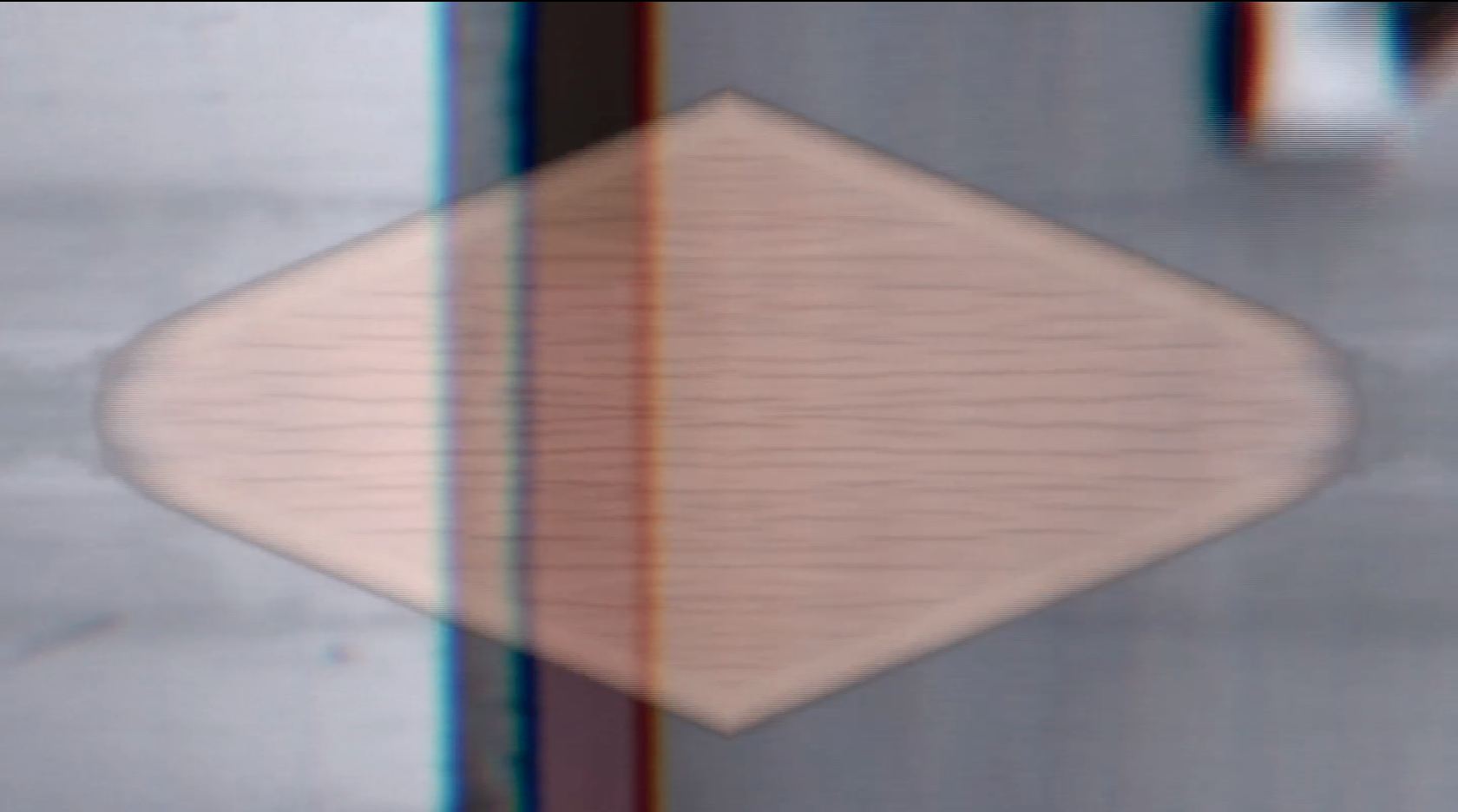IN: Organised Sound, 18(1). pp. 43-59 [April 2013]
DOI: https://doi.org/10.1017/S1355771812000234
Abstract
This paper documents elements of a research project undertaken between 2008 and 2012. Building upon the Intention/Reception project of Leigh Landy (2006) and Rob Weale (2005), the project sought to investigate audience interpretations for works of electroacoustic audiovisual music and to utilise an expanded understanding of the audience – as active participants in interpretation – to subsequently inform the composition of new works. This project combined three distinct research methodologies: empirical data collection, scholarly research and composition. The composed works were both informed by the results of empirical data collection and scholarly research, and adapted (re-composed) throughout the latter stages of the research in order to explore emergent research findings and research hypotheses.
Interpretations were demonstrated to be contingent upon the individual lived experience of an audience member, with aspects of the work’s discourse acting to narrow the interpretative potential of the work. The use of mimetic materials (sonic or visual) within works of electroacoustic audiovisual music were demonstrated to be potentially obstructing to an aesthetic interpretation of the work. And the importance of recognising the distinction between physical signal and perceived object was highlighted within the process of composition and the subsequent testing.

Comments are closed